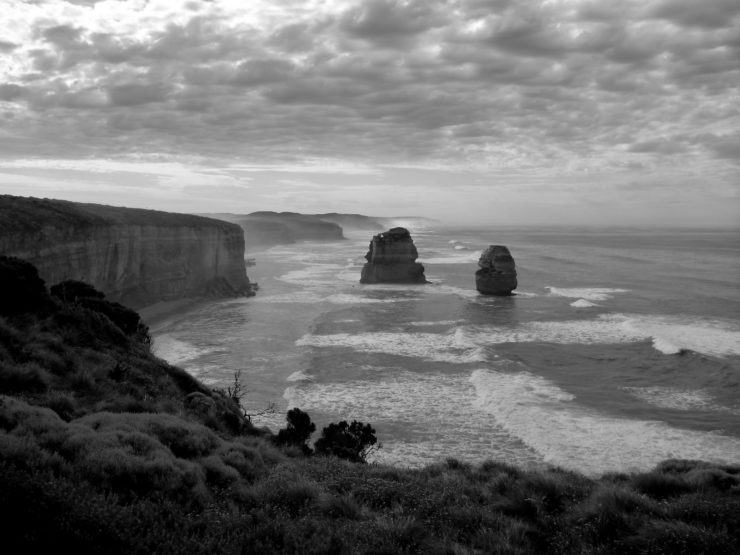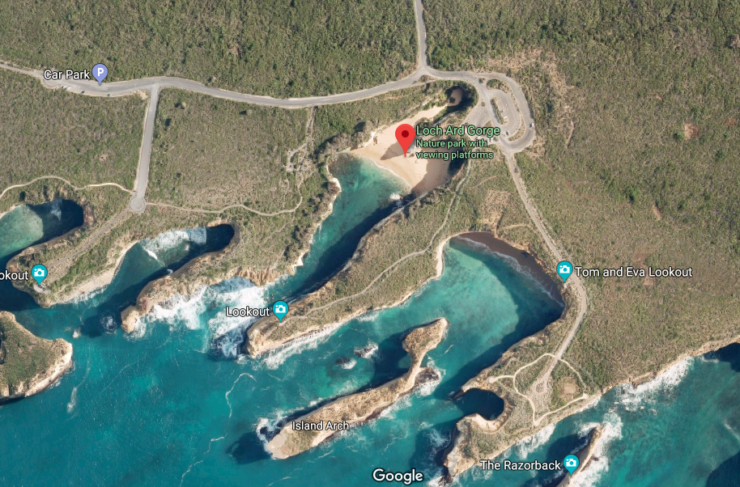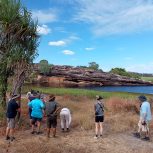Shipwrecks of the Great Ocean Walk

Shipwrecks of the Great Ocean Walk
Posted on
The below piece is written by Inspiration Outdoors guide Campbell Read
There are approximately 638 shipwrecks in Western Victoria. The coastline is littered with the skeletons of the ocean going giants of the 1800’s, as well as their crews.
Matthew Flinders once said of the region: “I have seldom seen a more fearful section of the coastline”. Considering the extent of Flinders’ travel, this is really saying something.
These days, tourist love the beauty of the Great Ocean Walk, however the ‘ship wreck coast’, was a sight that inspired dread in the stomachs of 19th century sea goers.
In 1880 “Eric the Red”, an American cargo ship, was bringing goods for display at the World’s Exhibition being held in “Marvellous Melbourne”. The ship was packed with high tech toys, sewing machines, and new tobacco products, and was highly anticipated from the new industrial power of North America.
It took 6 months to pack and only 10 minutes to sink on the Otway reef!
No lives were lost but the cargo didn’t make it. Apparently much Sarsaparilla was lost in the shipwreck….. so sad.
The most famous shipwreck on the coast, also carried cargo bound for the 1880 exhibition but occurred one and a half years earlier. (The most famous of its cargo was a prized porcelain peacock made by the renown Minton Pottery of Stoke on Trent). The ship the Loch Ard carried 54 passengers and was a tragic incident. There were only two survivors: Tom Pearce, a deckhand on board, and Eva Carmichael, a passenger, who remarkably and bravely survived the ordeal in wild seas.
Hanging onto debris, Tom and Eva managed to find a tiny patch of beach along a coast of towering cliffs.
They were incredibly lucky to survive. Below is a picture of Loch Ard gorge, as it looks today. Look at the tiny gap in the cliffs that Tom and Eva managed to swim into. Very lucky!

Laying a barely conscious Eva in a cave, Tom managed to find help at a nearby farm.
Tom and Eva became a world sensation and a source of fascination in Victorian England in the aftermath, apparently receiving numerous letters suggesting they should marry. Not only for a happy ending to this survival story but also as they had spent a night together alone on a beach. One must consider Victorian values of course!
There are plenty of rumours and falsehoods that get around in regards to the Loch Ard shipwreck story. The two famous young survivors have captured the public’s attention since that fateful foggy night on March 1st 1878. The terror of the passengers as the fog cleared in the early morning, revealing breaking waves and towering cliffs must have been extreme. Eva’s grandson Richard Townshend visited the area in 2012, and being struck by the power of the ocean, perhaps considered his life in a whole new light.
The worst maritime disaster in Australia’s history, was the Cataraqui on the 4th August, 1845. Entering Bass Straight in a severe storm, she veered fatefully close to Tasmania, and struck ground just off King Island. 410 people lost their lives that day, and only 9 people survived.
Of the dead, 369 were sailing to Australia as emigrants. News filtered back to the UK about the treacherous sea crossing to Australia, and new emigrants were deterred from making the passage. It was only then, that any real action was made to assist ships, and a series of lighthouses were planned for the coast of Victoria.
One of which we stay in, on our Great Ocean Walk tours, Cape Otway Light station.
Walking alongside the coast on the Great Ocean Walk gives some of the best coastal views in Australia. Feeling the ocean and seeing the impressive cliffs is best experienced walking and often I look out at that ocean, and thank god I am not out there in a ship.
My colleagues and I have a few more secrets to share with you about the shipwrecks and early settlers but you will have to come along on tour to find out!
Campbell Read – Inspiration Outdoors Guide



